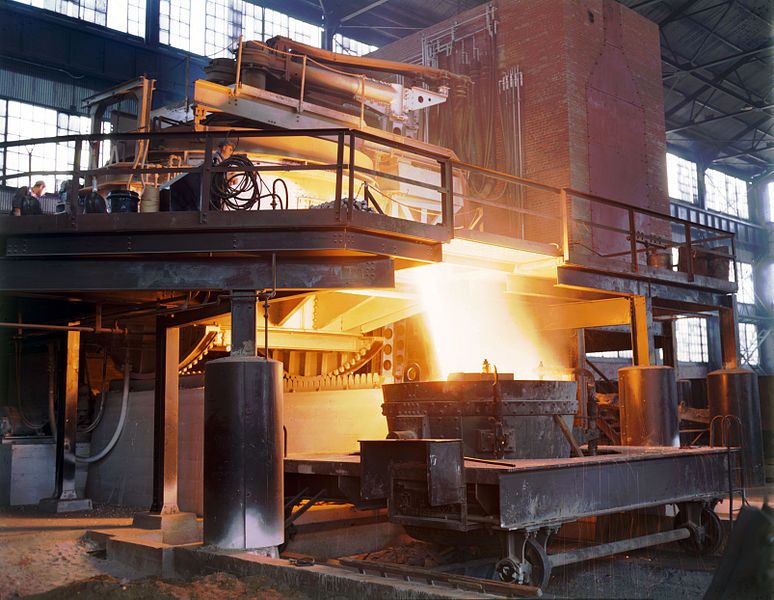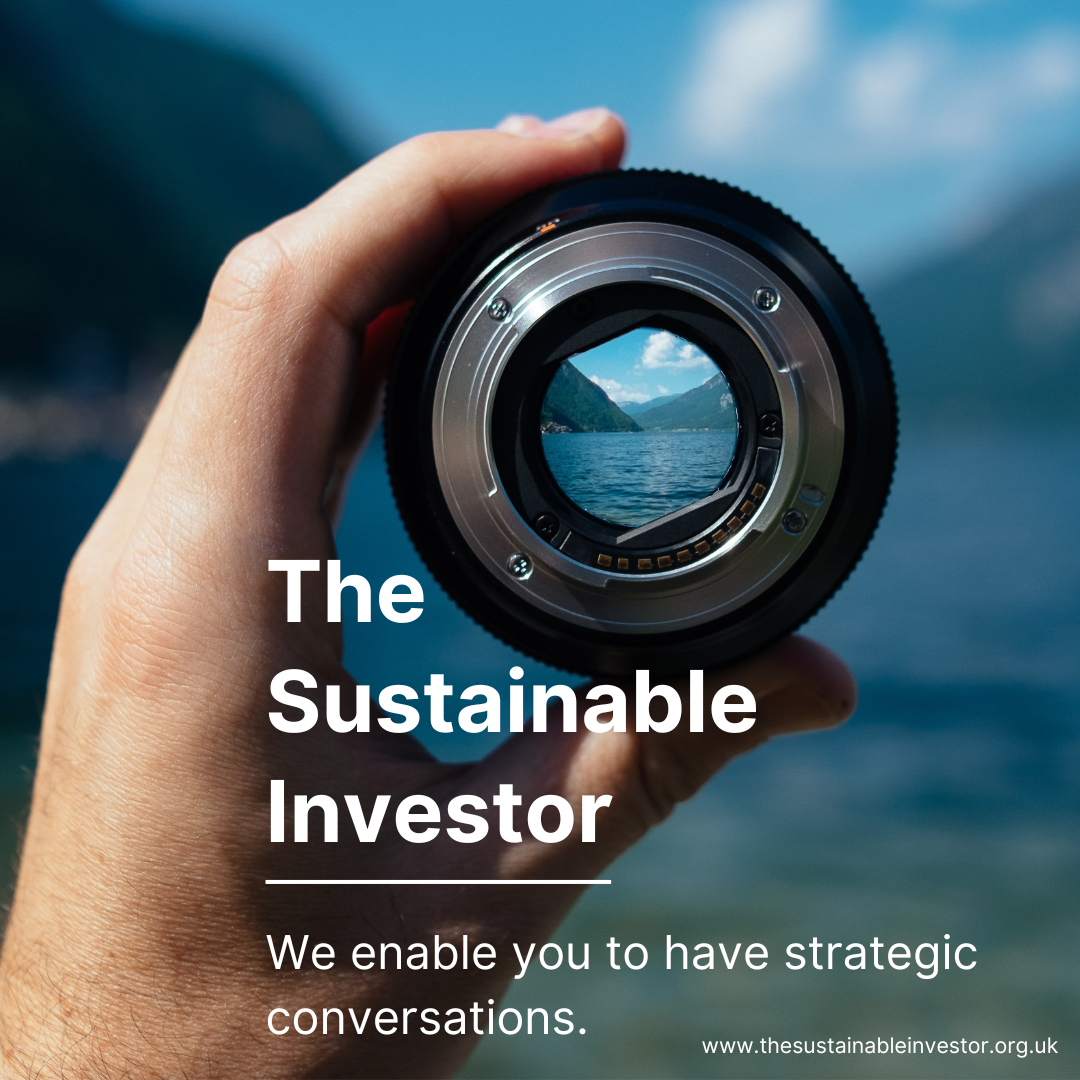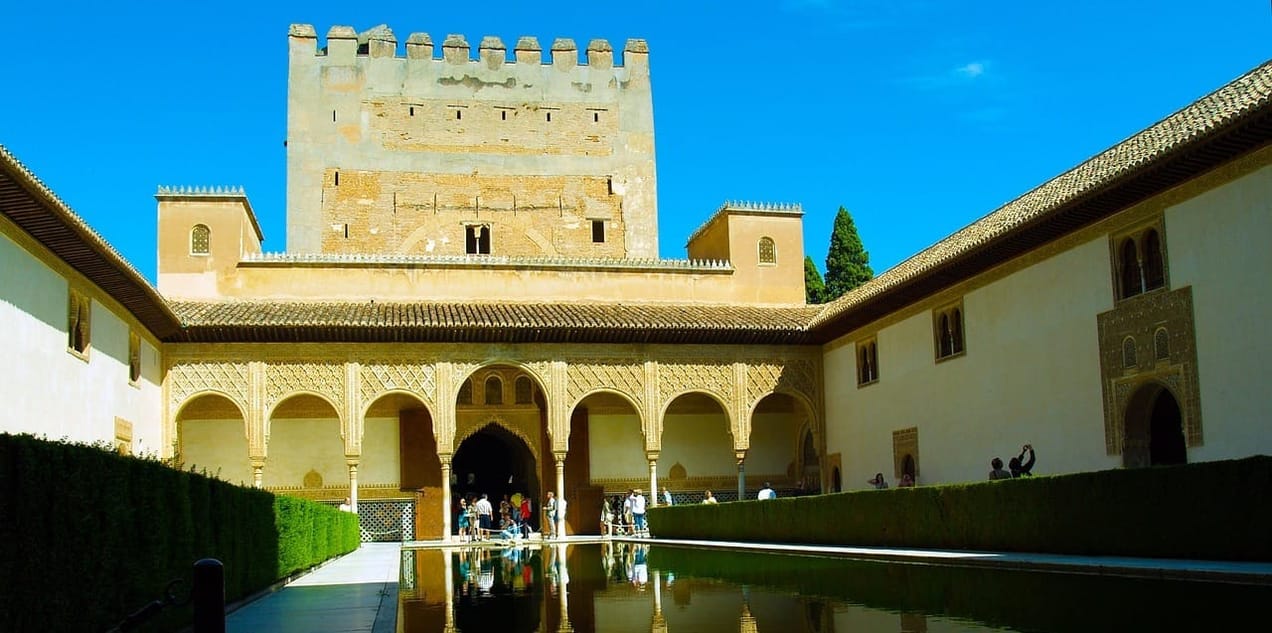
Encouraging green steel developments
Some supply side and demand side developments in green steel:
- H2 Green Steel has raised close to €1.5 billion through a private placement from existing investors (Altor, GIC and Just Climate) as well as new investors including Hy24, AP2 and Temasek. The proceeds will be used to finance the construction and development of H2 Green Steel's large-scale green steel plant in Boden, Sweden. The plant is expected to start operating by the end of 2025, ramping up to 2.5 million tons per year by end of 2026 and 5 million tons per year by end of 2030. The plant will employ 2,000 by 2030 as well as providing 10,000 jobs in ancillary businesses in the region. The plant reduces CO2 emissions by 95% compared with traditional steelmaking.
- Vale and H2 Green Steel have agreed to conduct a feasibility study into developing green industrial hubs in Brazil and North America. Vale would be producing the iron ore briquettes for the region with its first briquette plant expected to begin production by the end of 2023 in Vitoria, Brazil. In July, Vale agreed to provide pellets to H2 Green Steel's Boden plant.
- Network rail which operates the rail network in the UK is trialling rails made in an electric arc furnace (EAF) from Saarstahl to assess technical performance relative to non-EAF steel. The electricity for Saarstahl's EAF is in part provided by nuclear and the company claims 60-90% less CO2 emissions than traditional steelmaking as a result. The UK rail network has 20,000 miles of track.
We have written a fair amount previously on green steel, particularly as we see it as a template for transitioning hard to abate sectors. Steel is a fundamental building block of our modern economy. It is used extensively in construction, automotive and transportation as well as energy, infrastructure and machinery. Global steel production in 2022 was 1,885 million tonnes. Globally the steel industry is responsible for approximately 7% of human-made greenhouse gas emissions. So transitioning it to a greener form is important but it must be done in the right way - a sustainable way - to ensure it is also financially viable.
Recently, a combination of factors have led to green steel reaching a tipping point where demand could accelerate driving investment and in turn a virtuous circle of capacity building.
Link to blog 👇🏾

This article featured in What Caught Our Eye, a weekly email featuring stories we found particularly interesting during the week and why. We also give our lateral thought on each one. What Caught our Eye is available to read in full by members.
If you are not a member yet, you can read What Caught Our Eye when it comes out direct in your email inbox plus all of our blogs in full...


Please read: important legal stuff.


